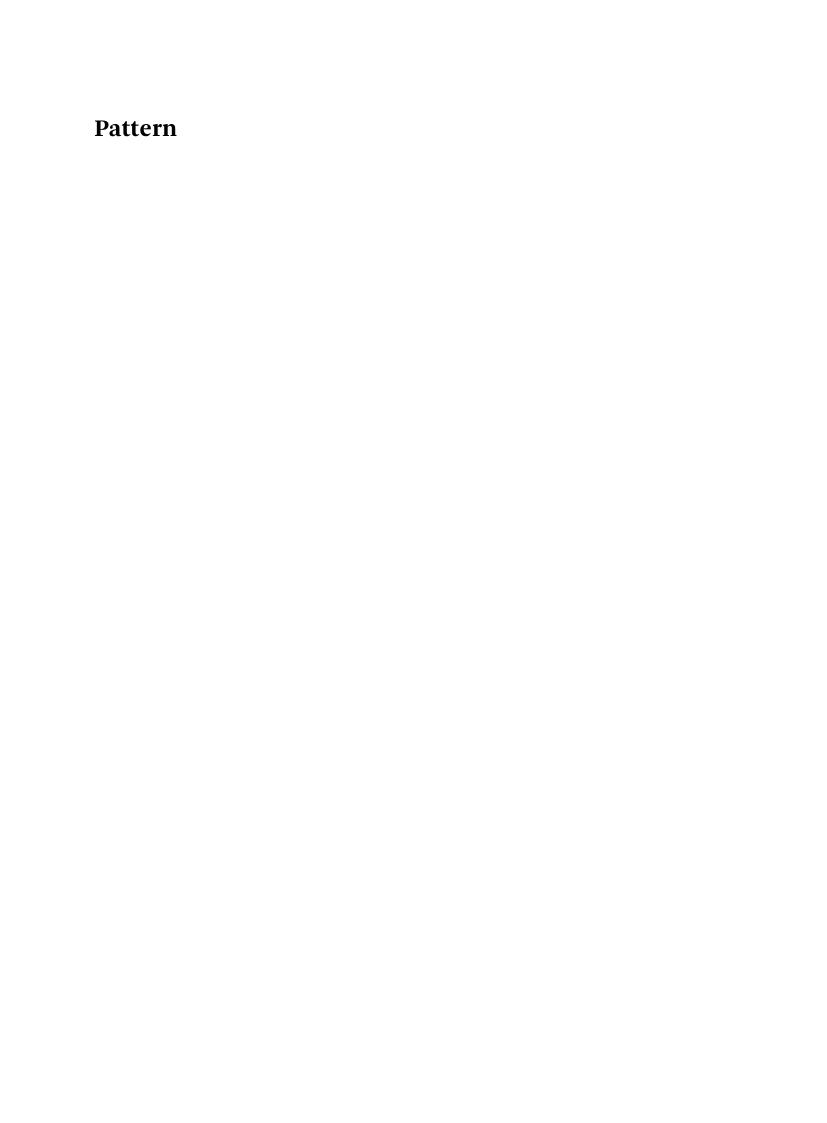

Most ebook files are in PDF format, so you can easily read them using various software such as Foxit Reader or directly on the Google Chrome browser.
Some ebook files are released by publishers in other formats such as .awz, .mobi, .epub, .fb2, etc. You may need to install specific software to read these formats on mobile/PC, such as Calibre.
Please read the tutorial at this link: https://ebookbell.com/faq
We offer FREE conversion to the popular formats you request; however, this may take some time. Therefore, right after payment, please email us, and we will try to provide the service as quickly as possible.
For some exceptional file formats or broken links (if any), please refrain from opening any disputes. Instead, email us first, and we will try to assist within a maximum of 6 hours.
EbookBell Team

4.7
56 reviewsAs models and paradigms, patterns have been helping to orient architects since the Middle Ages. But patterns are also the basis of the history of ornament, an aesthetic phenomenon that links all times and cultures at a fundamental level. Ornament – and hence pattern as well – was abolished by the avant-garde in the first half of the twentieth century, but the notion of pattern has taken on new meaning and importance since the 1960s.
Complexity research has ultimately shown that even highly complex, dynamic patterns may be based on simple behavioral rules, and that has allowed the notions of pattern and pattern formation to take on new meanings, that are also central for architecture.
Today the use of generative computerized methods is opening up new ways of talking about an idea that is becoming increasingly abstract and dynamic. Pattern explores the question: what are the notions of pattern that must be discussed in the context of contemporary architecture?